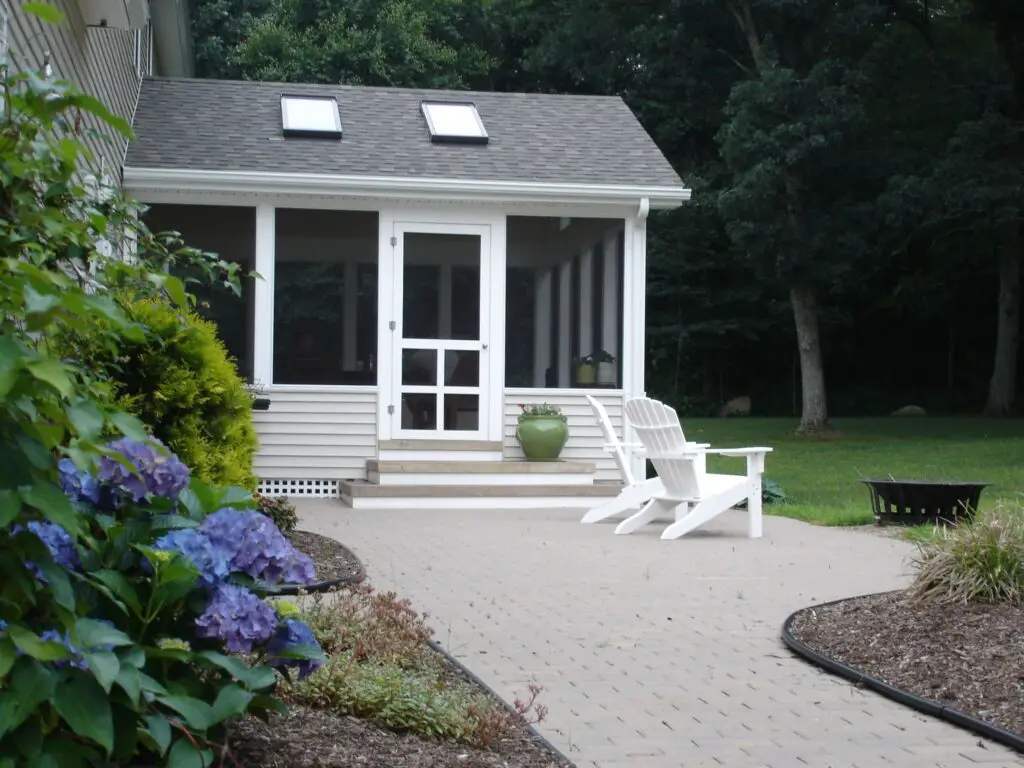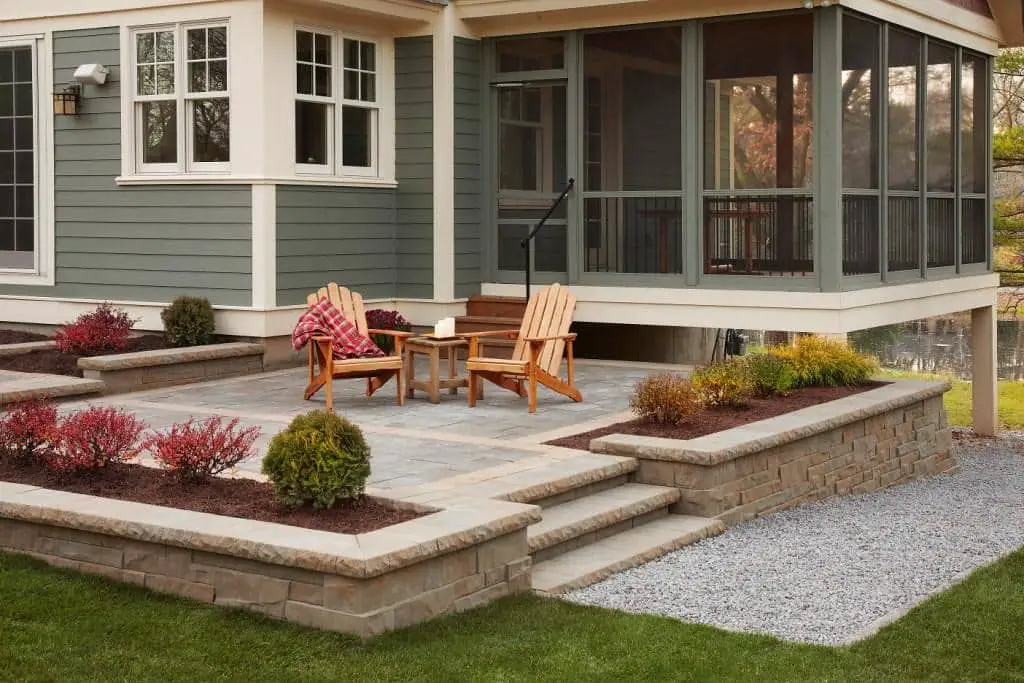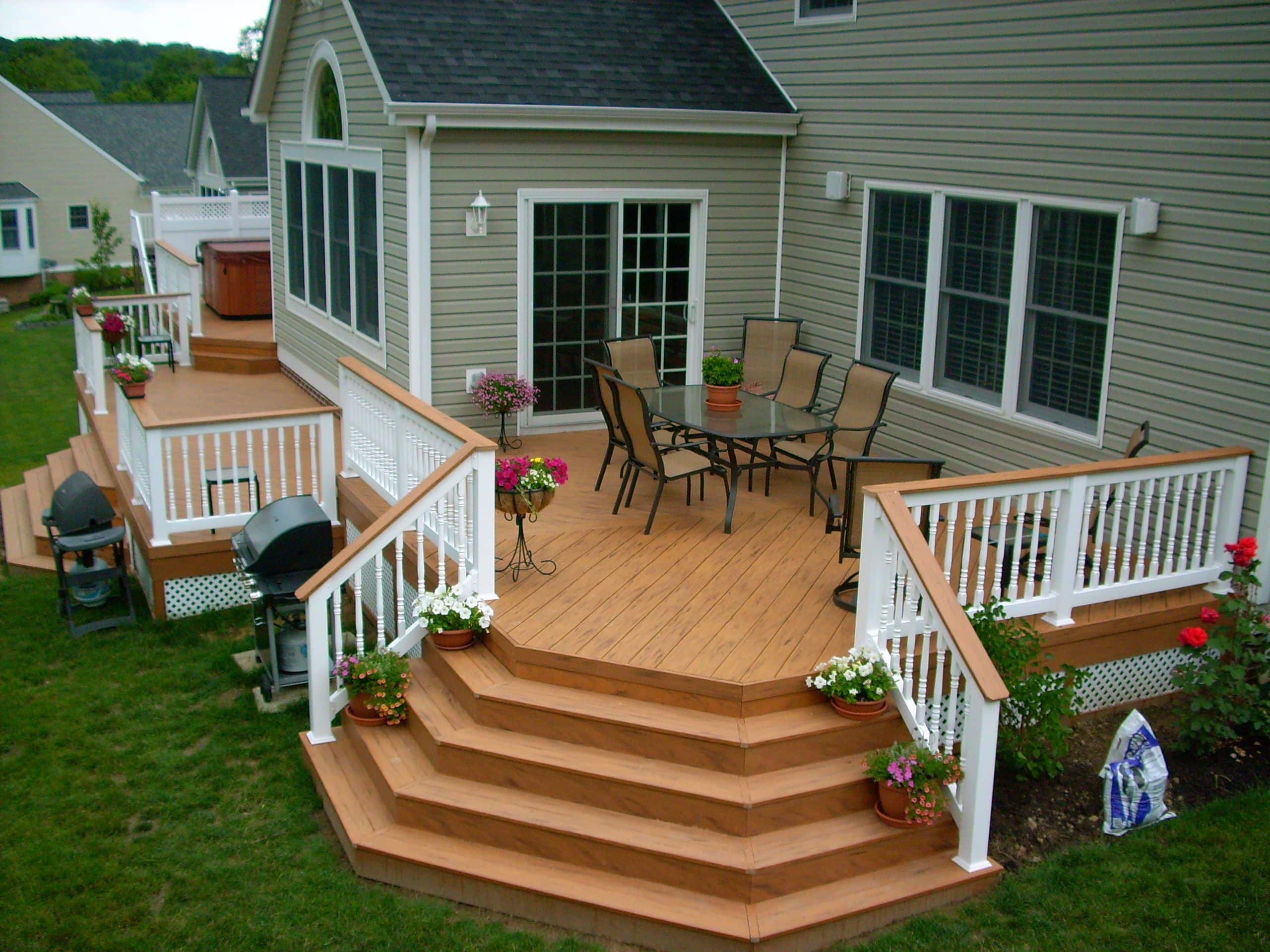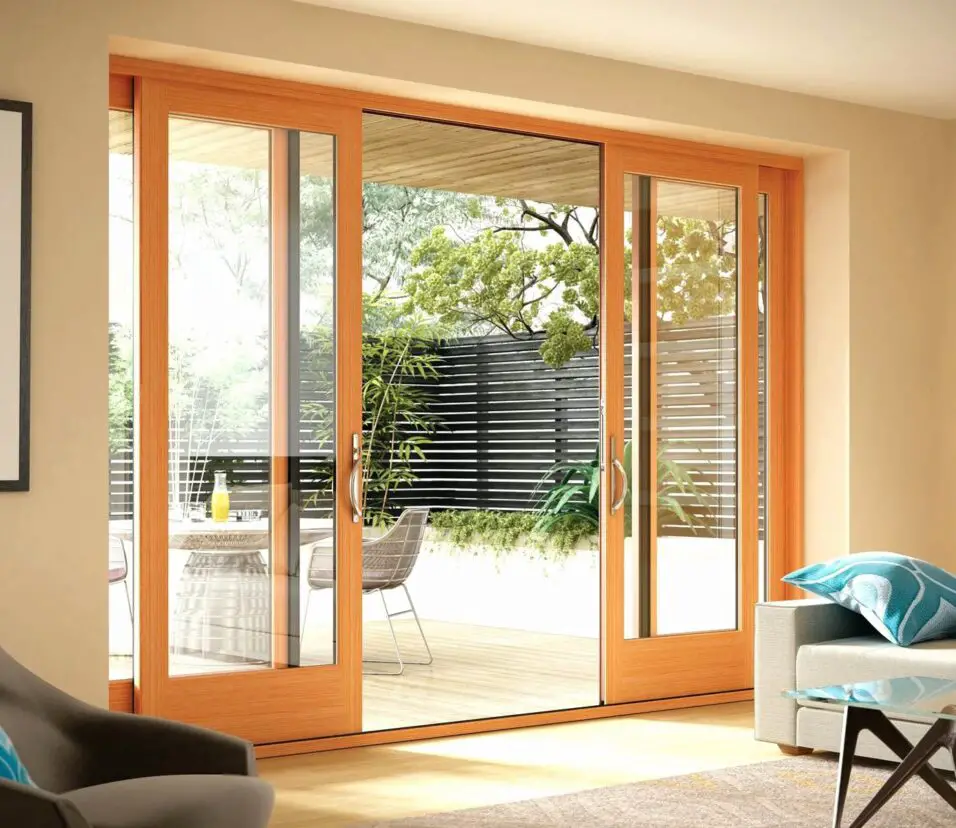What Is The Difference Between A Patio And A Porch
Introduction
What Is The Difference Between A Patio And A Porch: A patio and a porch. As outdoor living spaces continue to gain popularity, it is essential to understand the fundamental differences between these two architectural features. Both patios and porches serve as inviting areas for relaxation, entertainment, and connection with nature, yet their designs, locations, and functionalities set them apart in distinct ways.
Typically, patios are ground-level outdoor spaces located directly adjacent to a house. They can be constructed using various materials such as concrete, pavers, bricks, or natural stones. Patios can be attached to the house or freestanding in the backyard. Porches, on the other hand, are architectural extensions of the house. They are covered structures that are attached to the front, back, or sides of the concrete patio building. Porches often have a roof, columns, and railings, providing an inviting entrance and shelter from the elements.
Since patios are constructed at ground level, their design is more flexible and can be adapted to fit the surrounding landscape. They can be easily expanded, and their shape can vary based on the available space and homeowner’s preferences. Porches have a more fixed design, being an integral part of the house’s architecture. They often follow a predefined architectural style and are limited by the house’s structure and layout.

Is a porch the same as a patio?
One is connected to your house, and the other is separate. Patios don’t have roofs, but porches do. Patios, on the other hand, are usually on the side or back of a house.
A lot of homes have porches on the front, back, or side. It has walls and a top. Porches let people in, protect them from the weather, and give you a place to sit outside.
The word “patio” refers to a flat area of land next to a building or home. Usually without roofs. Patios look good in any setting and can be made from natural stones, tiles, concrete, or bricks.
Porches are great places to hang out with friends and family, rest, and enjoy the outdoors while staying dry in the rain, sun, or snow. Rocking chairs and porch swings are both nice ways to sit outside in comfort.
You can put a lot of things on patios. You can have meals outside, barbecues, lounges with outdoor chairs, and garden retreats in them. Patios make living spaces bigger and make it easier to move from inside to outside.
What is the difference between patio and porch and balcony?
Just like the deck, porch and veranda, patio and balcony are also two extremely different outdoor structures. While a patio is an open space located at ground level, a balcony is an elevated platform constructed at least one floor above the ground level.
Definition and Location: A patio is a ground-level outdoor space typically adjacent to a house or building. Patios don’t have roofs, but porches do. Patios, on the other hand, are usually on the side or back of a house.
Design and Structure: Patios offer design flexibility and can be of various shapes and sizes. They seamlessly integrate with the surrounding landscape and can be easily customized to fit the homeowner’s preferences.
Functionality and Use: Patios are versatile spaces used for a wide range of activities. They are perfect for outdoor dining, hosting barbecues, setting up lounge areas with outdoor furniture, or creating a garden oasis.
Privacy and Views: Depending on their location in the backyard or garden, patios may have varying degrees of privacy. They often offer unobstructed views of the landscape.
What makes a patio a patio?
In Spanish, the courtyard of your house is called a patio. They’re on the first floor and right next to your house. They could be made of dirt or concrete. Most of the time, they’re not raised or made of wood.
A patio that is on the ground floor is usually next to a building or house. Patios are different from decks and porches because they are on the ground and can be reached from inside rooms. On the other hand, porches and verandas are connected to the house, while patios are not. Patios don’t have roofs, but porches do. Patios, on the other hand, are usually on the side or back of a house.
Different materials for patio floors range in price, style, and personal taste. A lot of people use concrete, pavers, bricks, slate, flagstone, wood, and composite decks. The surface material can make a big difference in how the patio looks, whether it’s sleek and modern or natural and earthy. It’s nice that patios can be designed in a lot of different ways. Patios can be changed in shape and size to fit different outdoor areas and styles of landscaping.
What is the difference between patio and deck and porch?
So, what is the difference? A deck is a wood framed platform that is commonly attached directly to your home. A patio is usually a cement slab in the backyard right up against the house. A porch is most commonly a covered deck with screens for walls.
A patio is an outdoor space located on the ground level, typically adjacent to a house or building. It is an open area with no roof or overhead covering, directly integrated with the surrounding landscape. Patios don’t have roofs, but porches do. Patios, on the other hand, are usually on the side or back of a house.
Which is better a porch or patio?
A patio is often less formal, as it is usually in a private area of the yard and often has a grill or seating. It doesn’t necessarily set the tone for the house like a porch might, but it serves as a wonderful area for relaxing and entertaining.”
Shelter and Protection: One of the primary advantages of a porch is its covered structure, providing shelter from the elements. Whether it’s raining, snowing, or too sunny, a porch allows you to enjoy the outdoors while staying protected and comfortable.
Enhanced Curb Appeal: Porches are architectural features that add to the overall charm and aesthetics of a home. They enhance the curb appeal and provide a welcoming entrance to the house.
Cozy Outdoor Sitting Area: With its roof, columns, and often enclosed sides, a porch creates a cozy outdoor sitting area. It’s an ideal space for relaxing with a cup of coffee, reading a book, or enjoying quality time with family and friends.
Social Interaction: Porches, especially those located at the front of the house, promote social interaction with neighbors and passersby. They provide an opportunity to connect with the community and foster a sense of belonging.
Protected Outdoor Décor: The covered nature of a porch allows homeowners to decorate it with outdoor furniture, rugs, and even plants that are shielded from direct exposure to harsh weather conditions.

Is a balcony a patio?
Patios and balconies are distinct structures that are easy to tell apart. Patios are usually made of stone or brick and are installed at ground level. Balconies are elevated structures that are attached to a building on the second story or higher.
A balcony is an elevated platform or platform extension projecting from the wall of a building, typically on upper floors. It is usually accessed through a door or window from inside the building and is not directly connected to the ground.
A patio, on the other hand, is a ground-level outdoor space typically adjacent to a house or building. It is an open area with no roof or overhead covering, directly integrated with the surrounding landscape.
Balconies are accessed through doors or windows from inside the building, offering an elevated outdoor space for the occupants of the specific floor.
Patios are accessible directly from the exterior of the house or building, providing a seamless transition between indoor and outdoor living spaces.
Balconies are typically attached to the exterior of the building and are supported by cantilevers or brackets, making them project outward from the structure.
Patios are not attached to the building itself and are often constructed using various materials such as concrete, pavers, bricks, or natural stones.
What’s the purpose of a patio?
In common usage, it is used to describe any outdoor living space often adjoining a residence, used for dining, entertaining, or relaxation. Patios may or may not have covers or roofs and are usually paved areas between the house and garden.
One of the primary purposes of a patio is to create an outdoor living and entertainment area. It serves as an extension of the indoor living space, providing an inviting setting for social gatherings, barbecues, parties, and other outdoor activities.
With ample space for outdoor furniture, dining sets, and comfortable seating, patios offer homeowners and their guests a pleasant and relaxing environment to enjoy each other’s company.
Patios provide a direct and seamless connection with the natural environment. Being at ground level and often surrounded by landscaping or gardens, patios offer homeowners the opportunity to immerse themselves in the sights, sounds, and scents of nature.
Whether it’s enjoying a morning cup of coffee or stargazing in the evening, patios facilitate a closer connection with the great outdoors.
Patios serve as tranquil retreats for relaxation and recreation. Homeowners can use their patio space to unwind after a long day, read a book, practice yoga, or simply bask in the sunlight.
For families, patios provide a safe and convenient outdoor area for children to play and engage in various recreational activities.
Is a porch or patio cheaper?
Patios are usually more cost-effective to construct than decks. The reason for this is that they’re usually made out of concrete, bricks, or stone, which are all less expensive materials! One study showed that—per square foot—patios cost less than half the cost of decks! Yowzas!
Construction Complexity: Porches are more complex to build as they require structural integration with the existing house and often involve roofing. The added complexity may result in higher labor and material costs.
Materials: The choice of materials for a porch can significantly impact its cost. Porches are commonly constructed with materials like wood, brick, or stone, which can be more expensive than the surface materials used for patios.
Design and Size: Elaborate porch designs with intricate details and larger sizes will naturally be more costly compared to a simpler and smaller porch.
Permits and Regulations: Depending on local building codes and regulations, obtaining permits for porch construction may add to the overall cost.
Construction Complexity: Patios are generally simpler to construct since they are ground-level structures that do not require roofing or extensive structural integration with the house. This simplicity often translates to lower labor and material costs.
Materials: The surface materials used for patios can vary in cost, with options ranging from concrete and pavers to bricks or natural stones. Some materials, like concrete, tend to be more budget-friendly, while others, like natural stones, may be more expensive.

Conclusion
A patio, being a ground-level outdoor space, provides flexibility in design, location, and functionality. It serves as a versatile extension of the home, allowing for various activities such as dining, relaxation, and social gatherings. Patios offer a seamless transition between indoor and outdoor living, offering homeowners the chance to connect with their surrounding landscape and create a private oasis in their backyard.
On the other hand, a porch, as an architectural extension of the house, provides a covered and often more formal outdoor sitting area. With its connection to the front, back, or sides of the house, a porch offers a welcoming entrance and a sheltered space to enjoy the deck porch outdoors regardless of the weather. Porches foster a sense of community and openness to the neighborhood while maintaining a sense of coziness and protection.
Ultimately, the decision between a patio and a porch depends on individual preferences, lifestyle, and budget. Patios are a practical choice for those seeking versatile, cost-effective outdoor spaces with more freedom in design.








